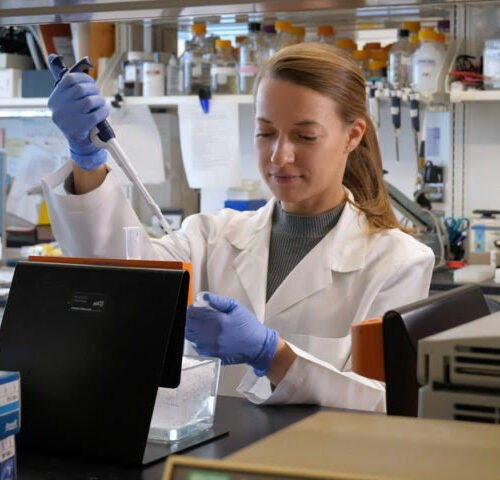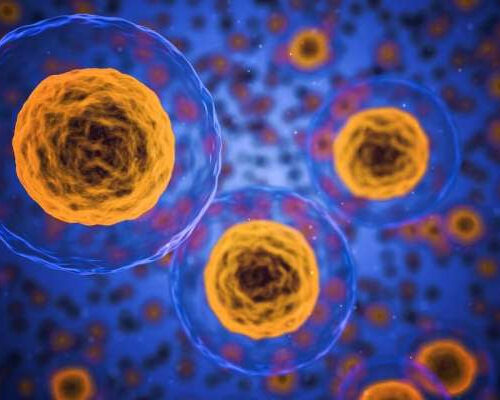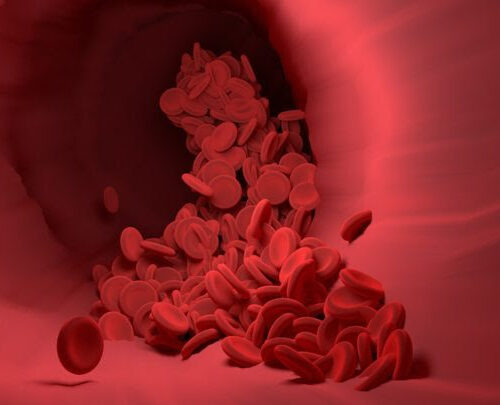Asking whether an age-associated disease is a part of normal aging is an exercise in boundary drawing. The very definition of an age-related disease as something distinct from aging is the result of past boundary drawing. Many of these boundaries are quite arbitrary. Aging is a complex phenomenon, and people like to lay taxonomies on top...
Category: <span>Anti-aging</span>
The Age-Related Decline of Energy Metabolism in Myeloid Cells as an Important Cause of Neurodegeneration
Today’s open access editorial discusses one quite specific consequence of the age-related disruption of energy metabolism in cells. Mitochondria, the power plants of the cell, falter with age throughout the body, for complex reasons still under exploration. The proximate causes involve too little production of molecular machinery needed for the correct operation of the electron transport chain, or mitochondrial dynamics,...
For stem cells, bigger doesn’t mean better
MIT biologists show that enlargement of blood stem cells restricts their ability to generate new blood cells during aging. MIT biologists have answered an important biological question: Why do cells control their size? Jette Lengefeld, a former postdoc in the lab of MIT Professor Angelika Amon. Image credits: Raleigh McElvery and Sebastian Swanson, MIT Cells of...
Are vascular calcification and bone loss linked disorders of aging?
INTERNATIONAL OSTEOPOROSIS FOUNDATION Vascular calcification, low bone mass, and fragility fractures are all frequent age-dependent disorders. Recent clinical and experimental data suggest that vascular calcification and bone loss could share pathophysiological mechanisms. A new review published by the International Osteoporosis Foundation (IOF) Working Group on Bone and Cardiovascular Diseases elucidates the numerous pathophysiological mechanisms shared by the...
Is Iron Metabolism an Understudied Aspect of Aging?
Many of the interventions demonstrated to produce interesting effects on the pace or state of aging are challenging to learn from. This is the case because these interventions change so much of the operation of metabolism as to make it hard to pick apart what is most relevant to the progression of aging versus what...
Icariin Treatment Improves the Aging Gut Microbiome in Mice
The gut microbiome is important in health and aging. Populations of microbes change with age, favoring harmful inflammatory populations at the expense of populations that generate beneficial metabolites. Restoration of a youthful microbiome via fecal microbiota transplantation has been demonstrated to be beneficial in animal studies. The research community is also evaluating other approaches to at least partially rejuvenate the aged gut microbiome,...
Clarifying the Hyperfunction Theory of Aging
My encounters with the hyperfunction theory of aging have at times left me confused, and I suspect that not all of those arguing for it are working from exactly the same picture in their heads. The version presented in today’s editorial is somewhat more clear, possibly because the primary intent of the paper is to clarify. It...
Toxic fatty acids to blame for brain cell death after injury
by NYU Langone Health Credit: CC0 Public Domain Cells that normally nourish healthy brain cells called neurons release toxic fatty acids after neurons are damaged, a new study in rodents shows. This phenomenon is likely the driving factor behind most, if not all, diseases that affect brain function, as well as the natural breakdown of brain...
Age and aging have critical effects on the gut microbiome
by Cedars-Sinai Medical Center A new study led by Ruchi Mathur, MD, found that aging produces significant changes in the microbiome of the human small intestine. Credit: Cedars-Sinai Researchers at Cedars-Sinai have found that aging produces significant changes in the microbiome of the human small intestine distinct from those caused by medications or illness burden. The...
Antioxidants to Prevent LDL Oxidation Act to Restore Macrophage Function and Reverse Atherosclerosis in Mice
Researchers here demonstrate that introducing an antioxidant into the diet, one that accumulates in cell lysosomes, helps to prevent macrophage dysfunction and thus reverse atherosclerotic plaque in an animal model of atherosclerosis. The hypothesis is that oxidized LDL particles, ingested and carried to lysosomes for degradation, are an important component of dysfunction in the macrophage cells...








